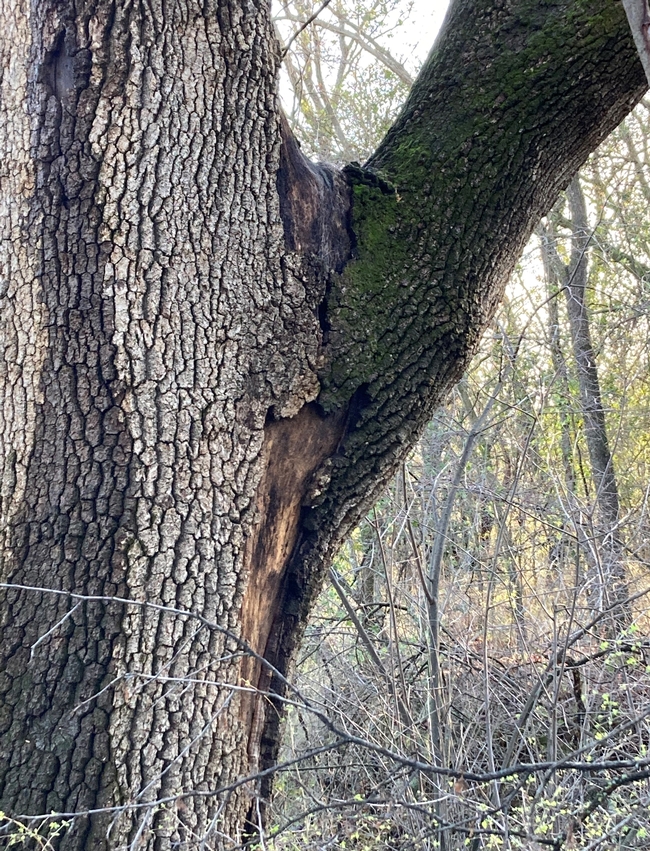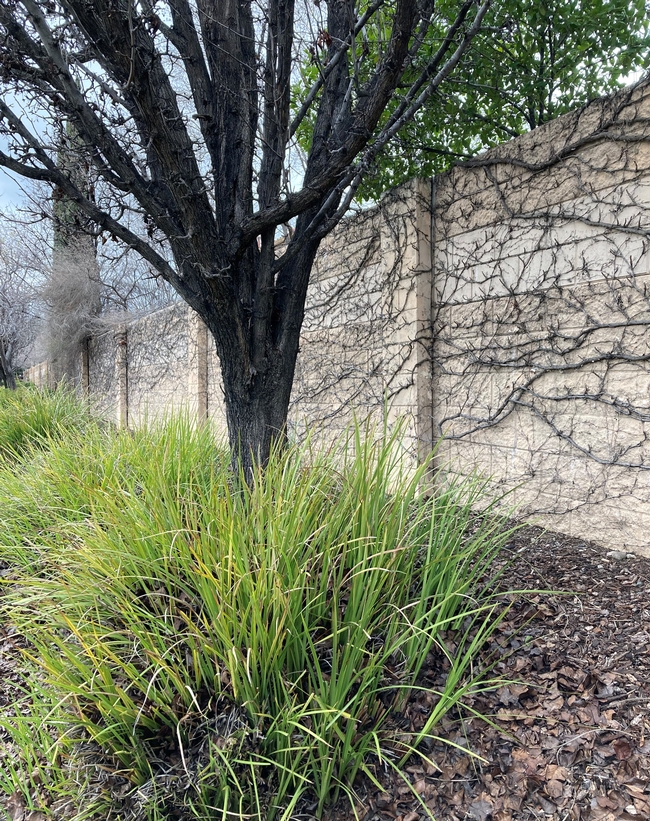Check Your Trees
Since the rain and wind stopped, the busiest businesses I have seen on my walks are roofers, fencers andarborists/tree services. This last business got me really looking at the trees around me to assess their health. This is something anyone who lives in a home should do routinely. Homeowners are usually the responsible party financially, when a tree on their property falls and causes damage.
Here are some of the points that arborists check when assessing the health of a tree starting at ground level.
Are there mushrooms/fungi growing around the tree or on the base/trunk of the tree? Mushrooms on a tree are often called conks, shelf or bracket fungi. The mushroom is a sign of fungal disease in the tree, and trees will die from the fungus.
Does the ground around the tree look like earthquake fault lines? This is soil separation. Tree roots lose their grip in the saturated, slippery clay and can definitely fall.
Are there exposed roots? Are there any girdling roots that are choking off the tree's nutrients? Are there any soft spots or other signs of decay in the roots? If you scratch the buried roots with your fingernail, the tree tissue just under the surface bark should be green and moist, not dry and brown, which is another sign the tree isn't doing well.
Check the tree collar for the soundness of its bark. Is the bark falling off? Again, this is a sign of decay.
Take a good look at the trunk. Is it a single leader or are there more? Co-dominant leaders are weaker than a single trunk. Big cracks and crevices also make the tree weak. Any hollow spots in the trunk can also continue to enlarge to the point that the tree can no longer stay upright.
Missing chunks of bark are a sign of tree canker fungi. Is the tree leaning more than it had? This can be due to wind damage or damage to the roots. Are there holes in the trunk? Smaller holes can be caused by bark beetles, other boring insects and carpenter ants invading damp wood. Woodpeckers, especially red-naped sapsuckers can peck a cribbage board-like pattern of holes that encircles the tree and cuts off nutrients to the tree above the holes.
Look at the branches. Has the tree been dropping branches or are there dead branches? This can be due to insect damage, but it can also be due to the tree not getting the nutrients it needs. Trees will drop branches to try to stay alive. Are the branches too close together forming a “V” where the branches meet the trunk instead of a more open “U”? Has the tree not grown recently?
Now check the leaves. Is it a deciduous tree that is losing its leaves in spring and summer instead of the fall? Are leaves that are supposed to change colors prior to dropping instead just dropping while green? Are the leaves shedding from the outside first and then to the inside (normal) or vice-versa (abnormal). This is a sign of root compromise.
Trees provide shade, beauty, habitat and less energy expenses during the hot season to list a few. We have to monitor their health and take care of them just as we would any other part of our homes. They give a lot, but they are not cost-free.

IMG 7646




